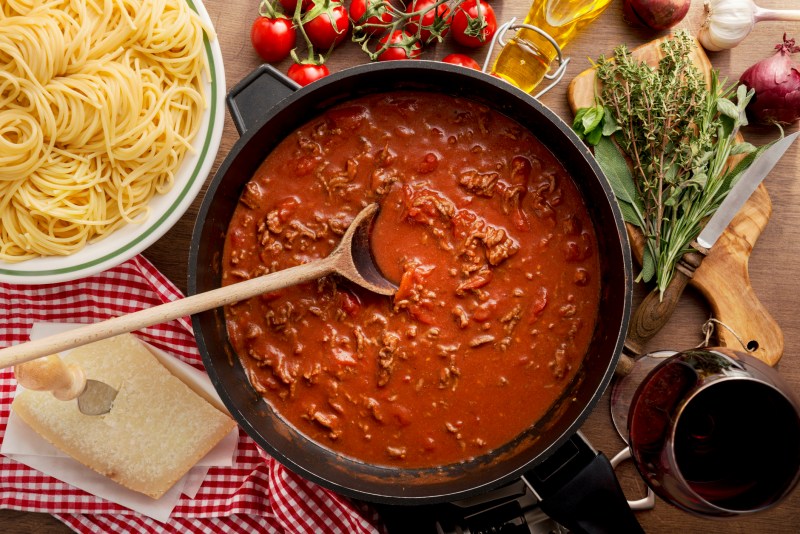
Most great dishes have one thing in common — a delicious sauce. A great sauce can take your favorite plate of pasta or cut of steak to the next level, and a proper sauce is at the heart of all delicious soups and stews.
Mastering the right mix for a creamy sauce is easy, but no matter what you’re making, consistency is key. You don’t want it too thick, and you definitely don’t want it too thin. Making sure you get the perfectly luscious, not too liquidy consistency can be done with a few tricks. Here are the best tips for stirring up a sensational sauce every time.
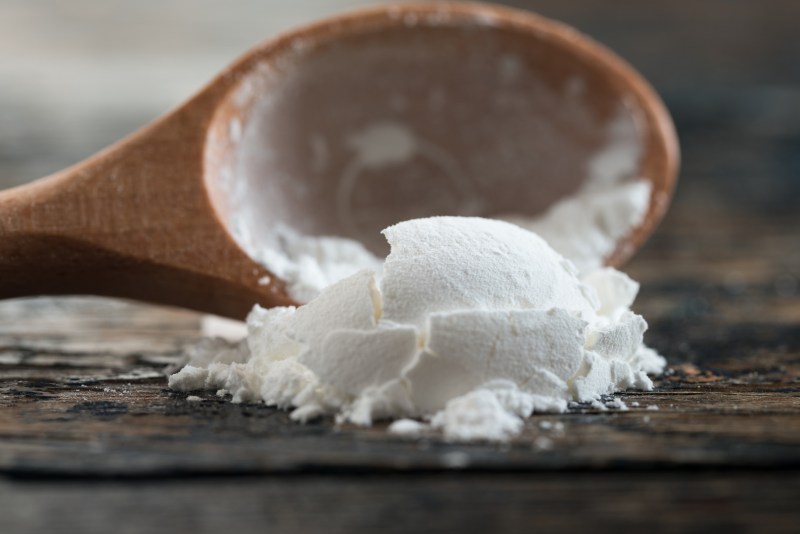
How to thicken sauce with cornstarch
Cornstarch is the most popular option for thickening sauce — it’s super effective, flavorless, and readily available. When mixed with water and heated, it yields a thick solution. Bear in mind that you shouldn’t add it directly to your sauce — it will clump up.
Method
Take 1 tablespoon of cornstarch and mix it with one tablespoon of cold water in a bowl. Stir the contents to ensure they blend well and form a smooth paste. Then pour the mixture into your hot sauce as you stir, and allow it to simmer until the sauce doesn’t have a starchy taste.
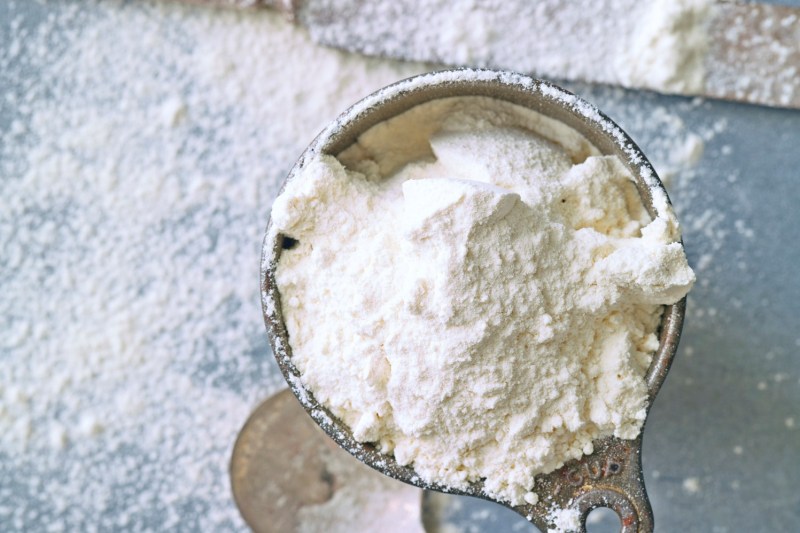
How to thicken sauce with flour
Flour is the typical alternative for cornstarch, and it’s also a classic thickener for stew, gumbo, or gravy. It works the same way as cornstarch — it contains starch, which expands to add viscosity to your sauce.
Method
To use flour for thickening, you’ll first need to make a roux — an equal mixture of flour and melted butter. Melt the butter in a skillet and then add the flour. Mix it well and let it cook until it turns brown. You can then add the roux to your sauce and stir the contents well while it cooks.
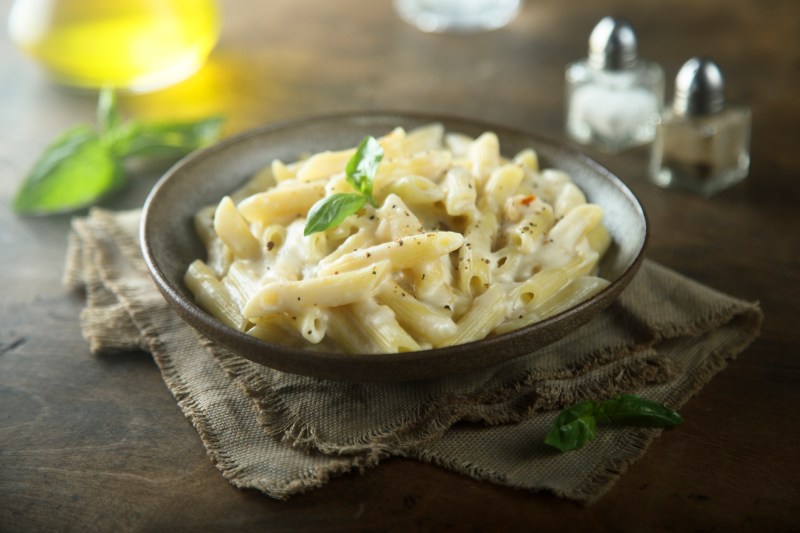
How to thicken Alfredo sauce
You don’t need to put up with an Alfredo sauce that’s too thin when you can quickly fix it. Apart from using flour and cornstarch, as explained above, there are other alternatives you can use. Your sauce will need to be hot for the thickening ingredients to work desirably.
What to use:
- Cream cheese
- Parmesan cheese
- Shredded cheese
- Egg yolks
- Heavy cream
- Vegetables
Note: For the best results, be sure to use full-fat options for the dairy ingredients.
Method
Adding cream or cheese is easy and effective — just add the cream or grated cheese to your heated sauce and let it cook. For vegetables, it’s vital to puree them before adding them to your sauce. The best options are beet, carrot, parsnip, and cauliflower. Vegetables add taste to your sauce, of course, and some people don’t like that.
Egg yolks were popularly used to thicken custards, puddings, and salad dressings — they can work perfectly for your watery sauce, too. Mix the yolks with a little cream to create a mixture, and add it to your sauce as you stir. Keep adding the mixture and stirring until you achieve the right level of thickness.
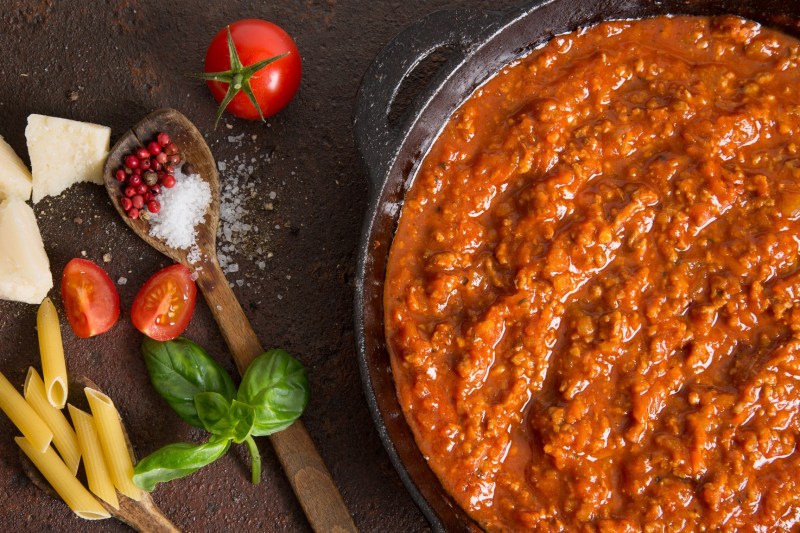
How to thicken Bolognese sauce
You can use flour or cornstarch to thicken your bolognese or tomato-based spaghetti sauce using starch (flour or cornstarch). Additionally, you can reduce your sauce’s liquid content — this is also a practical option for thickening any sauce.
Method
Basically, you’ll need to heat your sauce a little longer to reduce the liquid content. Allow your runny sauce to simmer over low heat for several minutes to allow the excess liquid to evaporate. This is just the typical boiling process, and it’s not complicated — it only takes a little more time.
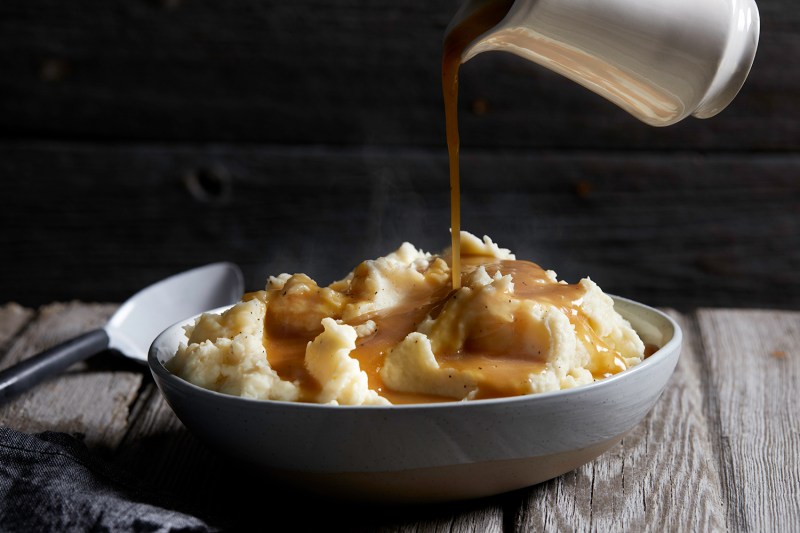
How to thicken gravy
Your thin gravy is fixable to give it the thickness you desire for a sumptuous lunch or dinner. Thickening your gravy is a breeze using flour or cornstarch, as highlighted above. Of course, there are still different options, such as potato starch, tapioca, arrowroot, and tomato paste.
Method
Add tomato paste to your spaghetti to increase the amount of tomato solids. This boosts the thickness of your sauce. Using mashed potatoes seems crazy, but it really just works fine. Potatoes are starch, too — just smash a bit and add to your sauce as you stir.
Arrowroot powder works similarly to flour and cornstarch. Mix 2 to 3 teaspoons of the powder with cold water in a bowl and stir to mix. Then add it to your sauce while stirring until it thickens.
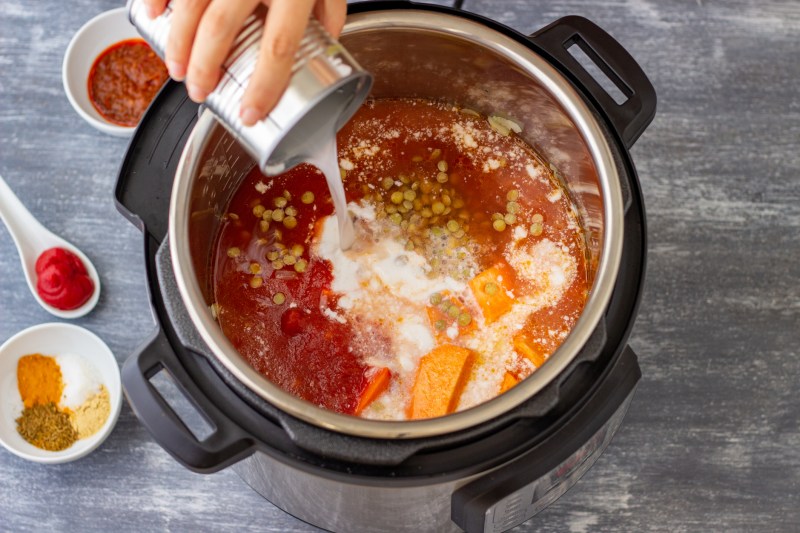
How to thicken sauce in a slow cooker
The critical denominator in all these processes is that you’ll need your sauce to be hot for optimal thickening. What’s better to use to heat your runny sauce than a slow cooker?
For perfect results, you’ll need to set the right heat level for your sauce — it’s not a matter of setting it and forgetting it. You’ll need to keep monitoring your sauce and reduce the heat level as needed. This is particularly true for stews, soups, and other liquid-heavy recipes.
However, there’s one downside with slow cookers — they don’t reach the much-needed high temperatures to activate starch’s thickening properties. The trick here is to prop the lid to release the built-up steam, allowing the liquid to reduce to create a velvety texture.
The problem is, allowing the steam to escape also increases your cooking time. That’s why most slow cooker recipes advise against opening the lid. Still, this delivers the right results.
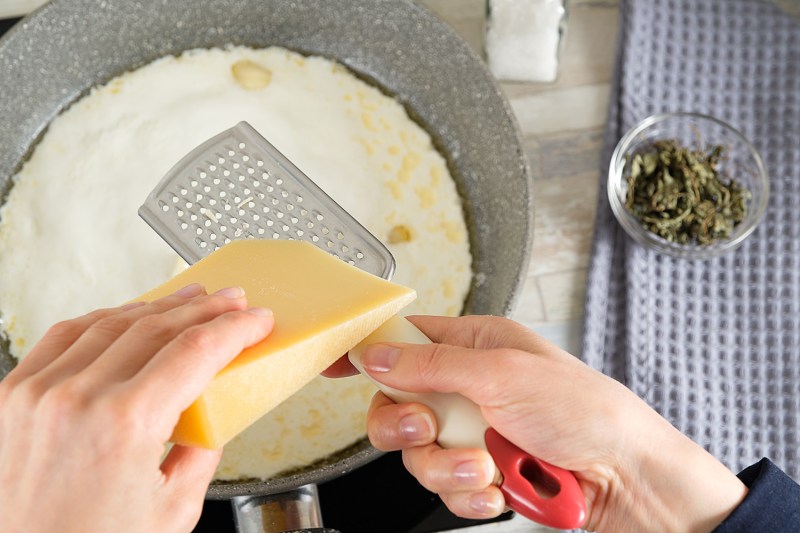
Tips for thickening sauce
A runny sauce doesn’t mean you have to pour it down the garbage disposal. Whatever sauce you’re preparing, most thickening methods and ingredients will work just fine — you’ll just need to accommodate a change in taste in some cases.
Of course, you should pick a thickener that will deliver on the taste you’d prefer. When using flour thickeners, you should keep stirring your sauce until it forms the right thickness. Failure to stir can lead to lumps in your sauce, and you’ll need to strain the sauce to get rid of them.
Editors' Recommendations
- Learn how to make perfect grill marks every time
- What is caviar? A seafood expert breaks down all the details
- The 8 best iced tea brands to drink this summer
- How to use Pimm’s for a refreshing cocktail this summer
- These 4th of July vodka drink recipes from Tina’s Vodka are just plain great




